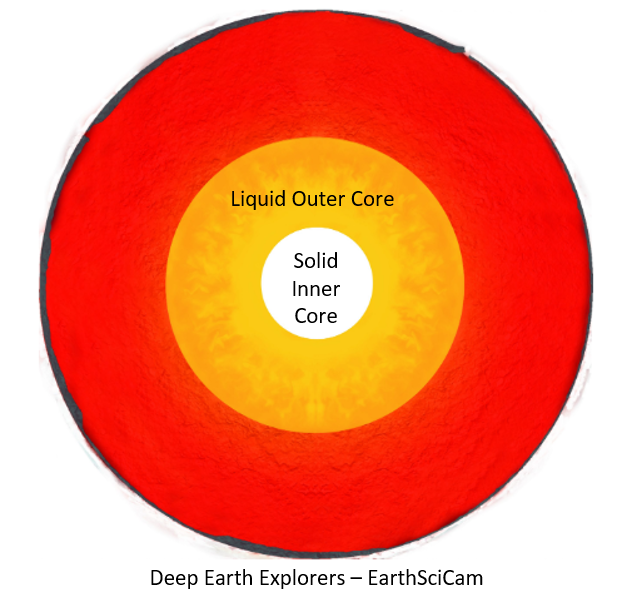I use seismic waves to investigate the deep Earth and there are two main kinds: P Waves and S Waves. To explain their differences watch another snippet of the "Deep Earth Explorers" song (thanks again to @SedgwickMuseum, @DeepEarthExplor and @wearegeologise) #ScienceAtHome
The Earth& #39;s iron core is split into two parts, the liquid outer core and the solid inner core. The outer core was discovered because P Waves could travel through liquids, whereas the S Waves couldn& #39;t. To explain why, I& #39;ve enlisted the help of my housemates... #ScienceAtHome
Unfortunately, after making various videos explaining P and S waves with my (extremely patient) housemates, they don& #39;t seem to want to upload! https://abs.twimg.com/emoji/v2/... draggable="false" alt="🤦♂️" title="Man facepalming" aria-label="Emoji: Man facepalming">Oh well, I& #39;ll try again another day on my own personal account: @MatthewGeoKemp
https://abs.twimg.com/emoji/v2/... draggable="false" alt="🤦♂️" title="Man facepalming" aria-label="Emoji: Man facepalming">Oh well, I& #39;ll try again another day on my own personal account: @MatthewGeoKemp
Oo it worked! In the following gifs, my housemates ( @dj_colby, @BennethClarke and Ian Cawood) are the iron atoms in the core. In this first one, they are joined together in as a solid (like the inner core). P Waves, that vibrate forward and back, can travel through #ScienceAtHome
In the next gif, we& #39;re still in the solid inner core. S waves, that vibrate side-to-side, can also travel through it. #ScienceAtHome
Now we& #39;re in the liquid outer core, represented by the "iron" atoms being a bit further apart, and in this analogy not touching. P Waves can still travel through this liquid. #ScienceAtHome
But the S waves can& #39;t travel through the liquid due to the weaker bonds. Early seismologists could see that P waves travelled through the core, but S waves didn& #39;t, so they thought that the whole core was a liquid... (thanks to my housemates for doing this!) #ScienceAtHome
In 1936, Danish seismologist Inge Lehmann discovered that some S waves could travel through the inner core, suggesting that it was solid! Read about her and many other Deep Earth Explorations here: https://deepearth.esc.cam.ac.uk/ ">https://deepearth.esc.cam.ac.uk/">... @DeepEarthExplor #ScienceAtHome

 Read on Twitter
Read on Twitter


